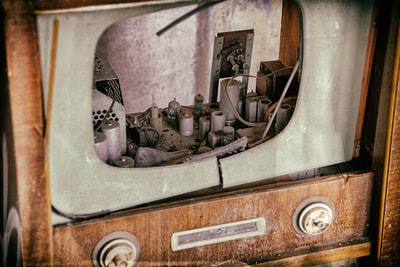Blood movement

Valves are very important in ensuring that the blood flows in the right direction. In a human heart there are four valves:
- two between the atria and the ventricles
- two between the ventricles and the body
All four valves act as one-way valves. They control the blood flow by opening and closing when the heart contracts.
NOTE: You don’t need to know the names of the valves.
——————————————————
Capillaries

Stents
If an artery has started to narrow, the blood flow is restricted. A stent is then inserted to hold open the artery thereby allowing blood to flow through more easily. It’s essentially a small wire mesh tube. Once it has been surgically inserted into an artery it expands, opening the blood vessel. In general they’re used to support coronary arteries and can take a lot of stress off the heart and help with chest pains. If a blocked artery is left untreated it can lead to a heart attack or heart failure because not enough oxygen can reach the heart.